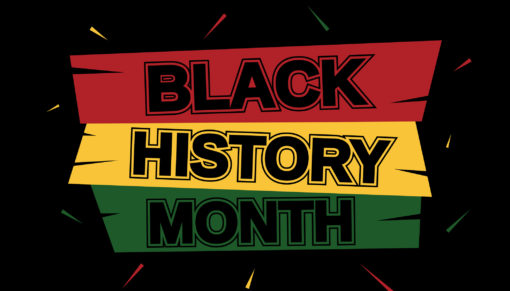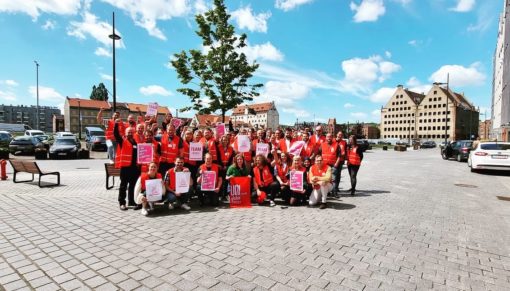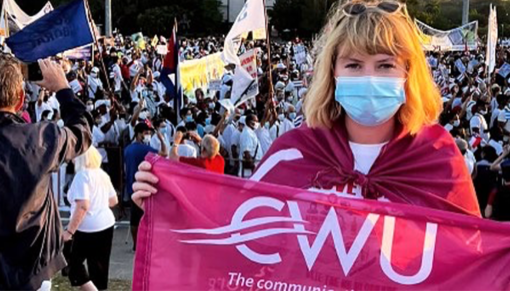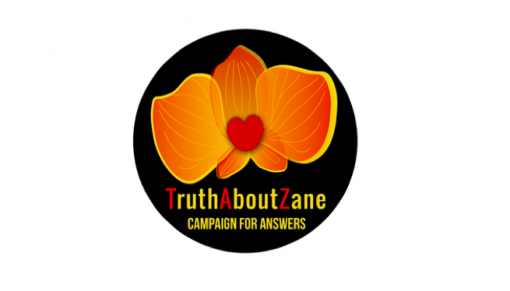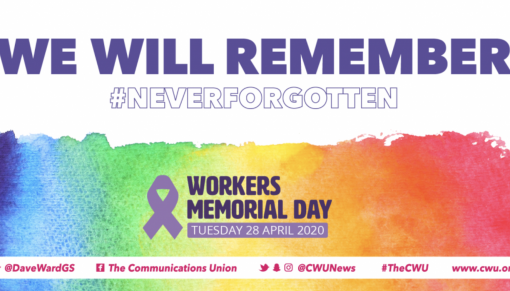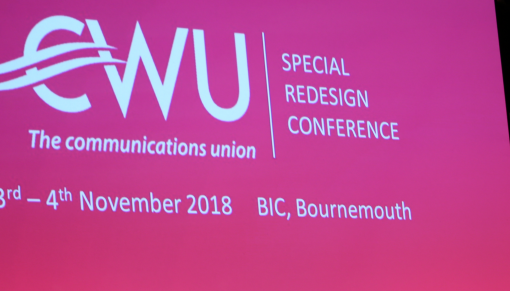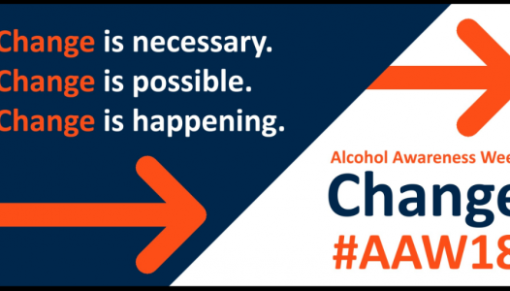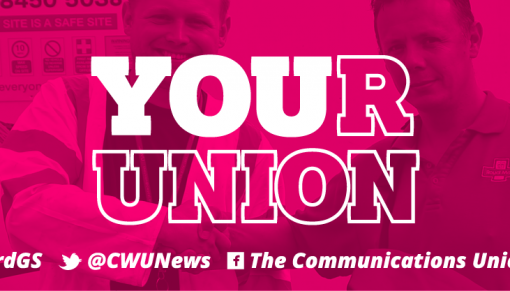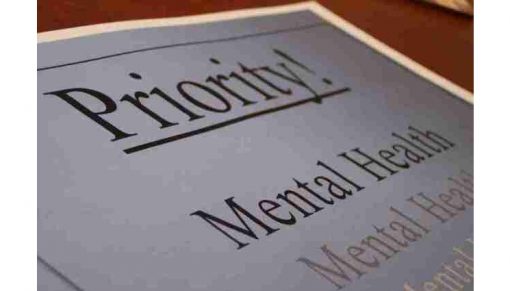Pregnancy at Work
October 5 2016Speaking at a Unions 21 meeting on how to best use digital information, TUC communications chief Antonia Bance linked shocking headlines lines on discrimination related to pregnancy at work to the young workers we need to recruit to survive as a movement, and who just happen to be pregnant in significant numbers.
Young workers are a notoriously and persistently a hard demographic for us to recruit as a recent TUC report emphasised only too clearly. So, argued Antonia, if we could tailor our recruitment message to be particularly appealing to young pregnant female workers – just the group who know from other research are facing bullying, harassment and discrimination at their workplace – we would be pushing at more or less an open door.
Tailoring recruitment in this way is just one avenue that is being pursued under the TUC initiative. But let us suppose we have done the tailoring and are reaching out. What message are we giving? What service are we offering? What is the follow up when someone clicks the button or image on their smart phone to say “yes” I am interested; “yes” I need help.
Because offering help is not the same as providing it. When someone clicks on that button, we need to be able to respond in a meaningful way. (Don’t, for example, print foreign language recruitment fliers when there is no one at the end of the recruitment hotline who can speak that language).
Let’s take now the situation of a pregnant worker in a franchised shop, restaurant or other business unit. She sees the advertisement on her smart phone and clicks to respond.
First problem: where does that response go? Our trade union movement is too fragmented and, in my own view, too reluctant to truly collaborate, to offer.
But let’s say we have reached a level of understanding that means a number of unions have collaborated effectively. We have a common entry portal. We offer a nuanced service so that basic advice and information is free, but when it comes to something more meaningful or more detailed, there is a requirement to enter into a more formal commitment.
Such an arrangement can and has worked in other environments. The New Zealand Council of Trade Unions initiative was predicated on just such collaboration. The nuanced membership regime that our own National Union of Students operates with its NUS Extra Programme shows how you can differentiate between levels of service and levels of membership.
So having seen how we can deal with the “reception” side of the equation, what happens when we turn our attention to the transmission – a pregnant worker who has made the call?
Of course it is wonderful if she is now receiving a tailored, co-ordinated, coherent service. But she is now exposed, still worried, her employment perhaps increasingly precarious as a very real fear of being victimised takes hold.
Here we need to acknowledge some of the methodology used by the Public Concern at Work charity that recognised explicitly the risk/likelihood of victimisation. However, whistleblowers in many circumstances are protected under law whereas raising concerns about discrimination at work is not yet a protected characteristic.
There is an obvious and immediate step forward that can be achieved were legislation introduced to expand the remit of the Whistleblowers Act to include complaints about denial of a statutory right (such as payment of the National Minimum Wage) or unlawful discrimination.
That could be reinforced by giving Employment Tribunals the power to compel reinstatement, or award more significant compensation (although awards for discrimination are currently uncapped, precedent constrains the amounts actually cited).
There could even be a dismantling of the procedural and cost barriers that act as a disincentive for employees to pursue Employment Tribunal claims – if there was the political will.
Quite apart from the absence of a progressive political climate which might make such reforms to employment protection legislation possible, is it not also the case that prevention is so much better than cure?
Whatever sanction is imposed on the perpetrator; the pregnant worker who has been bullied and harassed has already suffered. Much better to create an environment in which the likelihood of harm is greatly reduced.
“Hear, hear” readers exclaim – but how is this to be done?
This is where the political climate is surely benign. Most if not all reputable employers would agree that discrimination is wrong and that includes acts against pregnant workers. It is not just an ethical or legal question, but a financial and operational one too.
So a declaration of best practice for pregnant workers should attract widespread support. And the combination of a desire to do right with fear of being caught out doing wrong is a huge fillip to compliance.
And to emphasise the importance of this as an issue, employers can achieve a “kite mark” as a recognition of their good practice. And why would any woman, especially of child bearing age, want to work for an outfit that is not accredited under this scheme.
So we design-in good practice. And we spread from large employers through trade confederations and other routes to smaller ones and eventually to all employers. So that even the pregnant worker in the franchised, small workplace, has confidence that her employer, her manager and her colleagues understand, intuitively, what is required.
It is a real indictment that so much of this remains to be achieved. It is wasteful economically and destructive in human terms. It is also unnecessary and avoidable. And it can change if we want it to.
Simon Sapper is a national official at the Communications Workers’ Union. He tweets at @simonsapper and blogs at www.loudshirts.org







